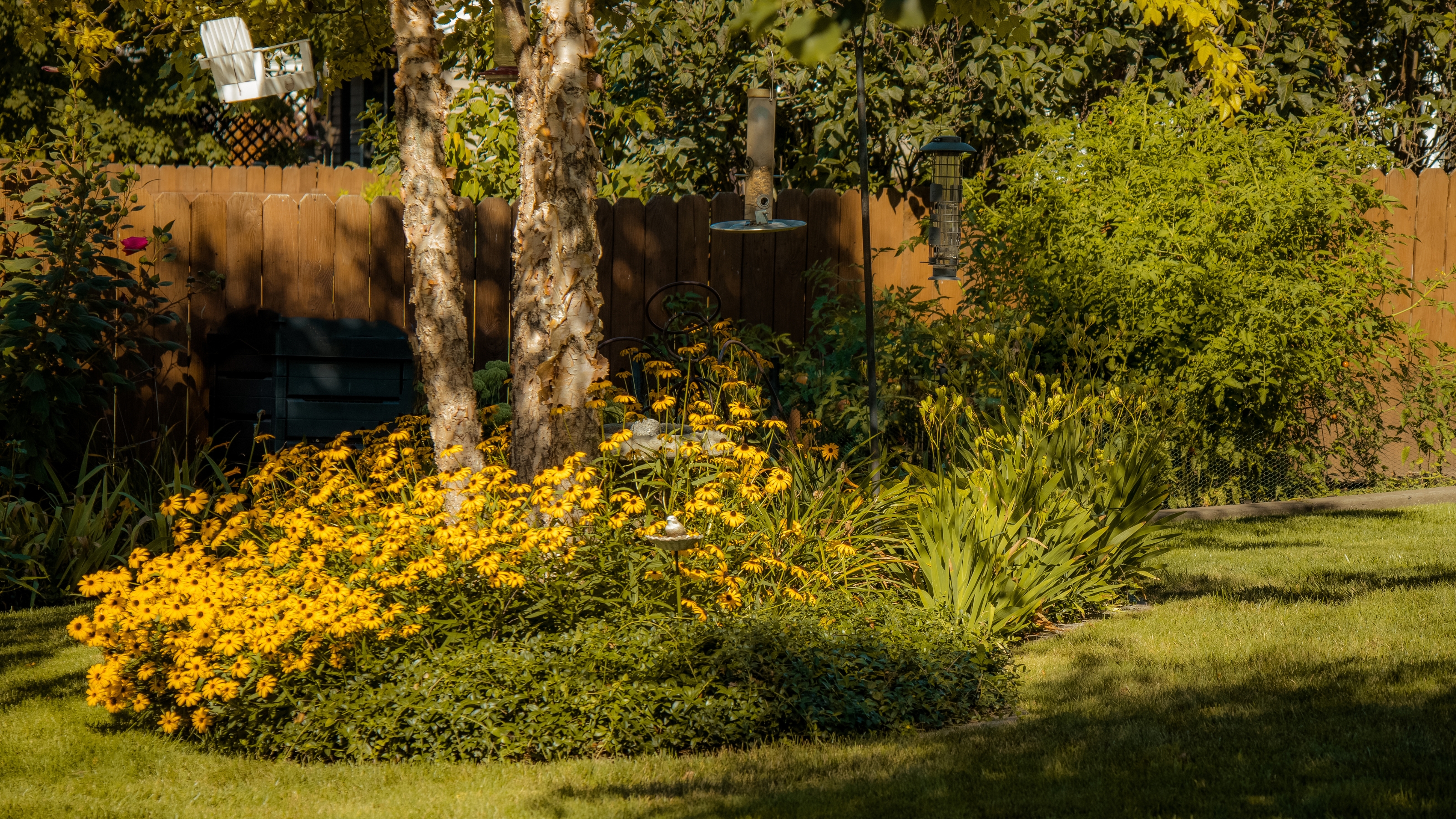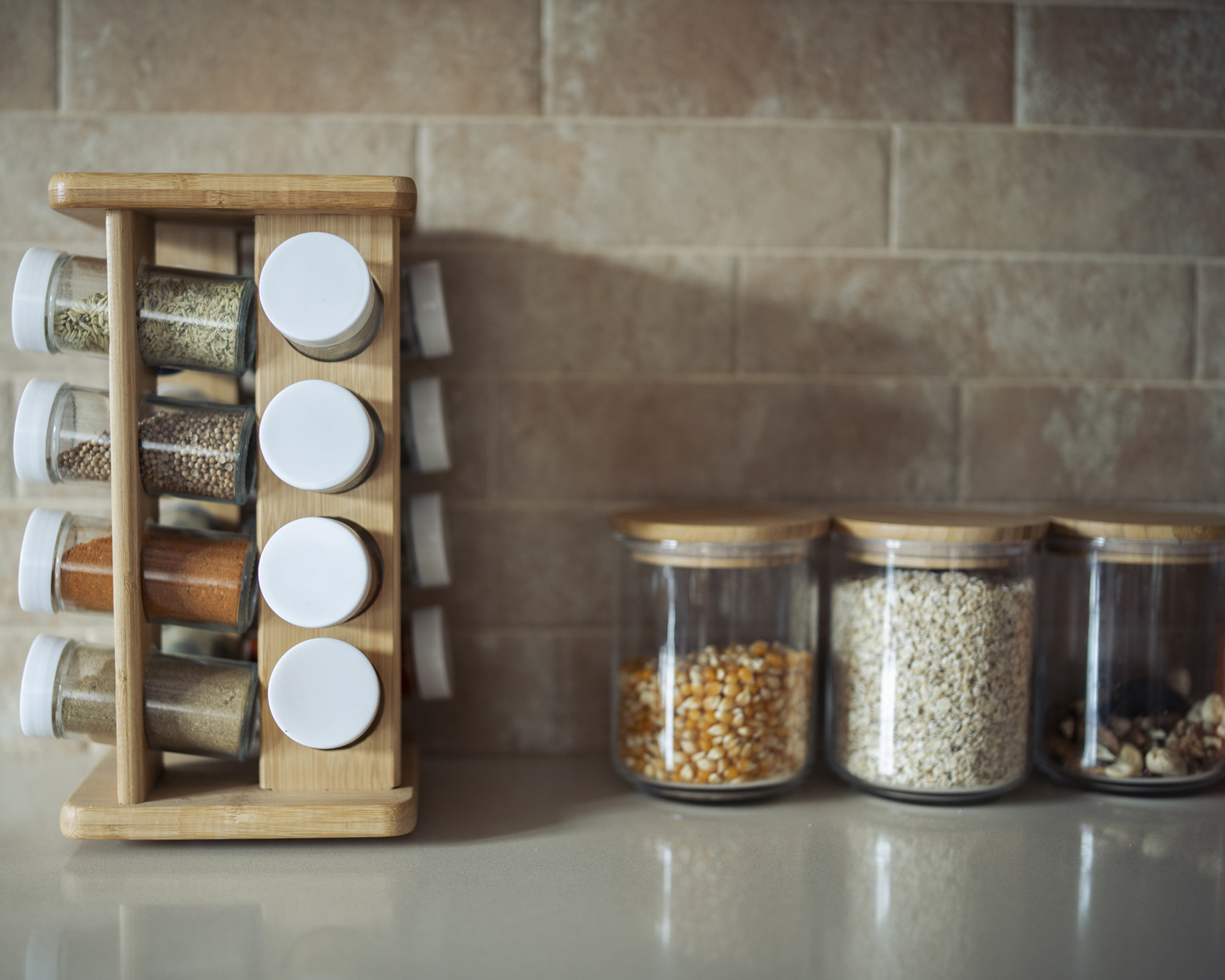
Learn how to get rid of flying ants in double time, if the dreaded hot days that see these winged insects swarm your home or backyard is upon you.
Whilst humid, warm weather flushes whole colonies of flying ants from their nests, for a mid-air reproductive swarm event (known as a nuptial flight), our experts reveal there are seven easy ways to rid your backyard, walls or home using what you already have in the house, and fast!
Unlike getting rid of ants, these flying pests can be harder to eliminate as they can simply fly away from the solution you're about to wipe them out with. But don't fret, we have plenty of ideas from the pros to tackle flying ants successfully.
Seven ways to get rid of flying ants
Getting rid of flying insects is a task in itself as they show up in big numbers and hole up in every nook and cranny, including air outlets, furniture, plants, pavers, wall cavities and even buzz their way inside your home.
Our experts reveal what to use from your kitchen cabinets or pantry to remove flying ants from your walls, backyard and home, as well as deterrents to stop them flapping back in your direction whilst the colony is swarming.
All prices were correct at the time of publication.
1. DIY soap spray
For a quick fix, make a soap and water solution (we recommend good old Dawn Dish Soap, available on Amazon) to spray and coat the flying ants with. It will break down their exoskeletons and kill them off.
Gardening experts love this multipurpose pest control method, which also works when sprayed on plants to get rid of aphids.
"Simply add a generous squirt to a spray bottle filled with water, shake to disperse, and get spraying on those ants," advises Chris Bonnett, CEO of Gardening Express.
Regular dish soap will do the job just fine, but you can also use a little Castile soap. It's more expensive, but Dr Bronner's Castile Liquid Soap on Amazon) can be used in at least 18 different ways to clean around the home, including as a laundry detergent, wood floor cleaner, window cleaning solution, and a toilet cleaner. If you're going to buy a soap for the task, you might as well make it go further around the home.
A water and Castile Soap heavy mix will eliminates flying ants and remove their scent trails to disrupt the rest of the colony from gathering in large swathes in or around your home and backyard.
Lisa Bronner, of Dr. Bronner adds, "A more diluted version of this spray using one tablespoon of Castile Soap makes a good pest spray for plants, as well. The lesser dilution ensures the soap does not burn the leaves (though spot testing is always wise)."
Since you're in the soapy mood, learn how to use Irish Spring Soap for pest control for another cheap and cheerful weapon in your bug-busting arsenal.
2. Diluted vinegar spray
At Real Homes, we love a multi-functional natural ingredient, and there are so many way to clean with vinegar. Acetic acid as it's technically known, can burn flying ants making vinegar a good way to get rid of these pests.
Once you've finished spritzing those pesky bugs, use the remainder of the spray to clean your kitchen, and rid your kitchen of ants fast. Vinegar disrupts ant scent trails indoors too, halting their marching further indoors.
"Similar to the washing up liquid trick, simply fill a spray bottle with a mixture of water and white vinegar and get spraying," says Lisa. "If you find you need something stronger you can ditch the water and spray affected areas with white vinegar alone."
We recommend Walmart's Heinz All Natural Distilled White Vinegar.
Rentokil pest control experts also install a fly screen to stop a swarm from invading your home. This way you can still enjoy having your windows and doors open for ventilation while keeping the critters out during hot and humid periods when they are most active.
3. Boiling water
Using boiling water to wipe out flying ants is a budget-friendly pest control option. Whilst it won't sound very humane, this method is instantly lethal meaning no prolonged suffering.
"This method is particularly good for cracks in garden paving designs or nests in lawns where any activity is spotted," Lisa explains. "Simply pour boiling water onto the area."
This should not only get rid of any flying ants you can see, but any pupae it touches as far as the boiling water penetrates the ground, stopping the next generation from wreaking the same havoc on your space.
Avoid your flower beds, borders, or any planters to avoid killing off your plants.
Wear heatproof gloves and appropriate footwear — sliders and flip-flops are not recommended — to protect you from hot splashes as your poor your kettle out.
The Kitchen Perfection Silicone BBQ Gloves on Amazon are not only heat resistant, but a sound investment for all the hosting you'll do in your ant-free backyard this summer.
4. Spices to repel

If you're anything like me, you'll have either a kitchen cabinet, shelf or drawer packed with herbs and spices.
But when Mother Nature gave us flying ants, she also gave us copious natural items that repel bugs, too.
According to Lisa, sprinkling cayenne pepper and cinnamon around your plants and yard space will help keep flying ants at bay. Flying ants also hate the smell of mint, citrus, eucalyptus and lavender, if you want to add a few drops of any of these scented essential oils to your DIY home solutions.
5. Borax sugar solution
This next hack is effective for killing flying ants around the home and backyard but use with caution if you have pets or kids around so they do not ingest or touch these.
Borates are lethal to insects and their nervous systems. Take advantage of its effectiveness by creating a sludgy mix of table sugar and borax powder using a 3:1 ratio.
Saturate cotton wool balls or pads and place them around the impacted areas. The sugar will attract them and act as bait, whilst the borax will be lethal.
6. Artificial sweeteners
Artificial sweeteners found in sodas and other diet food and drinks can be catastrophic for flying ants. Aspartame, acesulfame K, saccharin, sorbitol, and sucralose are sugar alternatives are poisonous for these pests and can be picked up at your local grocery store.
Try sucralose from Target or Aspartame sachets on Amazons.
Mix with apple juice to make a palatable but toxic mixture for the flying ants. Pour it near nesting sites for ants to take back to colonies and reduce big populations down.
7. Move via vacuum
A humane option for moving flying ants away from the spaces they're bothering you in is to suck them up using a handheld vacuum and empty the canister away from your home.
It's not the most effective deterrent (as they could just end up flying back to their original nesting spot), but keeps them alive if you aren't one for sending them to an early grave. Please note, some vacs are super powerful and the insects may be killed in the process of getting them sucked up, and later decanted.
FAQs
Why do ants suddenly appear inside the house?
The experts at Cooper Pests explains, "Flying ants are likely to enter your home through cracks and crevices around your home including open windows and around your basement.
"Your best defense against any type of ant is to seal up these areas using caulk, keep your kitchen countertops clean, and ensure floors are free of crumbs. Without an entry point or a food source, ants will find your home less appealing."
Learn how to get rid of carpenter ants and identify pests like a pro to drive your pest control solutions.







